Role Military Commander Name Saad el-Shazly | Rank Colonel General Years of service 1942–1975 | |
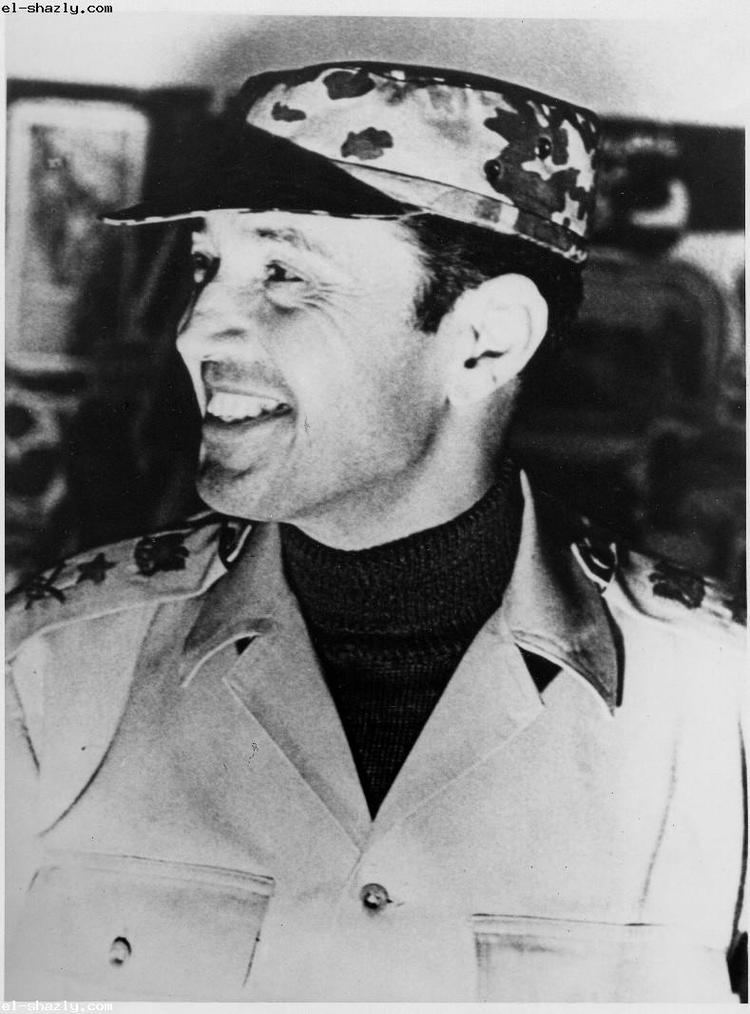 | ||
Born 1 April 1922Basyoun, Gharbiya , Egypt ( 1922-04-01 ) Commands held Commander of the first Paratroops Battalion in Egypt (1955–1959)Commander of the United Arab forces in UN mission to Congo (1960–1961)Military attache in London (1961–1963)Commander of the 2nd Infantry Division (1965–1966)Commander of the Special forces Corps (Commandos & Paratroopers) (1967–1969)Commander in chief of the Third Field Army (1970–1971)Chief of staff of the Egyptian armed forces Battles/wars World War II1948 Arab–Israeli WarSuez CrisisSix-Day WarWar of AttritionYom Kippur War Education Egyptian Military Academy (1939–1940) Books The crossing of the Suez, The Arab Military Option Battles and wars Similar People Ahmad Ismail Ali, Anwar Sadat, Mohamed Abdel Ghani el, Mohammed Aly Fahmy, Abdul Munim Riad | ||
SYND 25/10/73 SADAT MEETS WITH EL SHAZLY AND OTHER GENERALS
SYND 21 6 78 INTERVIEW WITH EGYPTIAN AMBASSADOR TO PORTUGAL
Saad Mohamed el-Husseiny el-Shazly (Arabic: سعد الدين محمد الحسيني الشاذلي, [sæʕd edˈdiːn elħoˈseːni eʃˈʃæzli]) (1 April 1922 – 10 February 2011) was an Egyptian military commander. He was Egypt's chief of staff during the October War. Following his public criticism of the Camp David Accords, he was dismissed from his post as Ambassador to Britain and Portugal, then he went to Algeria as a political refugee.
Contents
- SYND 251073 SADAT MEETS WITH EL SHAZLY AND OTHER GENERALS
- SYND 21 6 78 INTERVIEW WITH EGYPTIAN AMBASSADOR TO PORTUGAL
- Six Day War 1967
- October war yom Kypour 1973
- Positions held and medals
- Legacy
- References
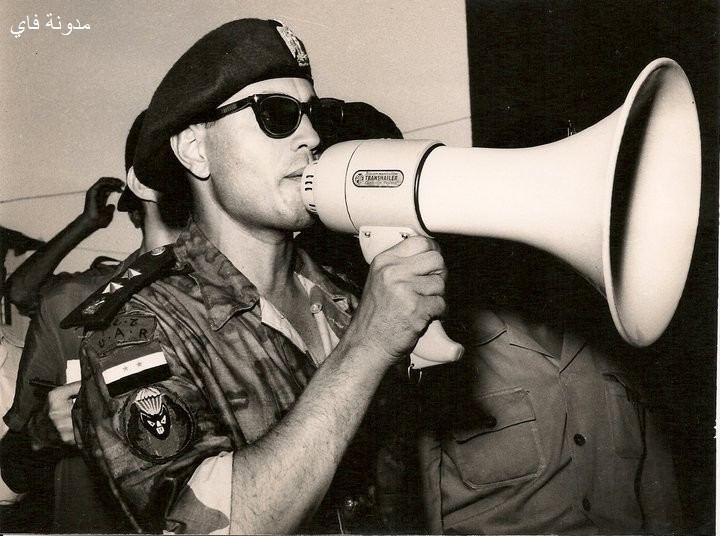
He is credited with the equipping and preparation of the Egyptian Armed Forces in the years prior to the successful capture of the Israeli Bar-Lev line at the start of the 1973 war. He was dismissed from his post on Dec 13 1973.
Six Day War (1967)
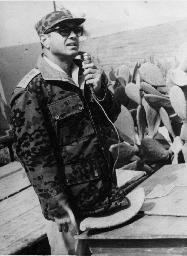
During the Six Day War, al-Shazly showed great merit and tactical awareness. He was positioned in the middle of Sinai with a mixed unit of one infantry battalion, two Sa'ka(Thunderbolt) battalions, and one tank battalion. Following the initial air raid and subsequent superiority of the IAF, the Egyptian command had given a chaotic order for all of its troops to retreat westward which would cause most of them to be mopped by the IAF, especially after most communications were lost between the troops and the Egyptian command; al-Shazly, however, took the most unbelievable of chances and headed eastward through thin passages, invading Israel itself. He eventually positioned himself in the Negev desert, ironically behind most enemy lines. This feat would have made him one of the few Arab generals to ever successfully take and hold territory inside Israel.
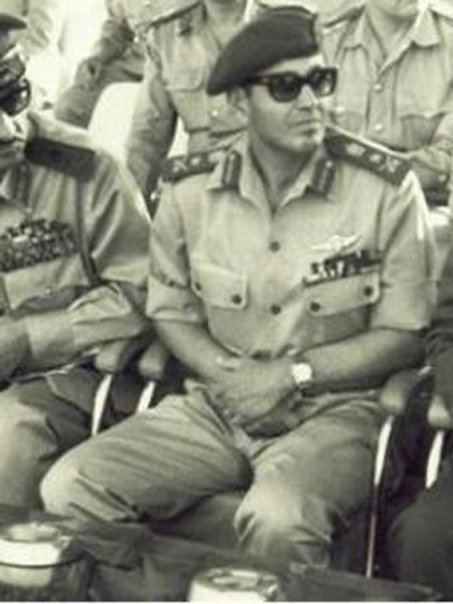
He stayed there with his battalions under the cover of two mountains to avoid IAF bombing for two days, the 6th and 7th of June. Finally, he succeeded in making contact with the Egyptian command which ordered him to immediately retreat west of the Suez Canal. He responded with one of the most difficult maneuvers executed in the history of the Egyptian/Israeli conflict, a night march (with mechanized units and tanks accompanying) in the desert and through enemy lines. His unit managed to cover about 60 miles of ground throughout the Sinai, without any air support or intelligence. As dawn broke, the column was spotted by Israeli aircraft, which made low-level passes, bombing and strafing his forces. Lacking anti-aircraft weaponry, his forces could only reply with machine gun and small arms fire. Over 100 of his troops were killed, but the Israeli planes eventually went off in search of other targets, and his column drove on, managing to avoid Israeli ground forces and reaching the Suez Canal. He was then the last military commander to pass from the east of the canal to the west.
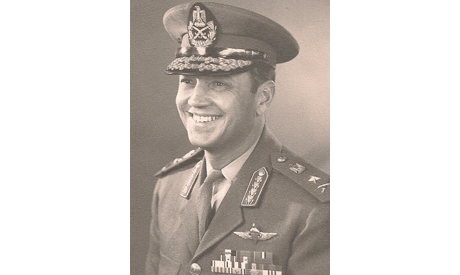
In the later years, he was highly respected within the Egyptian military for his feats and was eventually granted the command of the combined paratroopers and Sa'ka Forces from which he would move on to be the chief of staff of the Egyptian army and play a major role in the Egyptian major offensive in 1973.
October war -yom Kypour (1973)
The Israeli army previously made a defensive line called Bar Lev Line that was strengthened with several fortresses at the western bank of the Suez canal that is separating the Israeli army from the Egyptian one. it also built a sand barrier 17 meters high at the canal shores to refrain any attempt to cross the canal by the Egyptian army.
At 2 pm 6 of October 1973, Under General Shazly's command, 200 Egyptian aircraft skimmed low over the canal, headed deep into Sinai and stroked the Israeli key forces, while 2000 artillery pieces opened heavy bombardment over the Bar-Lev forts and minefields< and under that cover engineer reconnaissance teams paddled over to check the outlets for the Israeli inflammable liquid had been blocked from the night before it. then crossed the first assault wave landed with 4000 men opened 70 passages through the sand barrier only by water pumps, then waves of infantry crossed and took most of the strong points and forts of the Ber lev line. and on the next day 7 of October 5 bridges were established over the canal, and the armored divisions began to cross the canal into Sinai, on day 8 October, the Israeli counter attack failed to push the Egyptians back, Israel tried again on 9 October but also suffered heavy losses and Israel lost more than 260 tanks in only two day.
After that initial victory, El Shazly clashed with president Sadat over Sadat's insist to a new advance, General Shazly strongly opposed any eastward advance that would leave his armor without adequate air cover. at October 13th the advanced happened and failed with heavy Egyptian losses, which led to the Israeli breakthrough that followed it and the counter Israeli crossing from Sinai into the mainland Egypt. Once again president Sadat refused General Shazly's opinion to withdraw some of the Egyptian's armored brigades to fight the crossed Israeli troops.
Positions held and medals
Legacy
After leaving the army el-Shazly wrote his account of the 1973 war.
After the 25 of January revolution in 2011 and removal of Mubarak from the Egyptian government, el-Shazly was honored by putting his name on the Egyptian Military Academy graduates of the year 2013. He was also honored by naming a new highway connecting the Cairo ring road to Ismailia desert road that is being built by the armed forces engineers. Aljazeera documentary channel produced a film about his life in 2012-2013.
